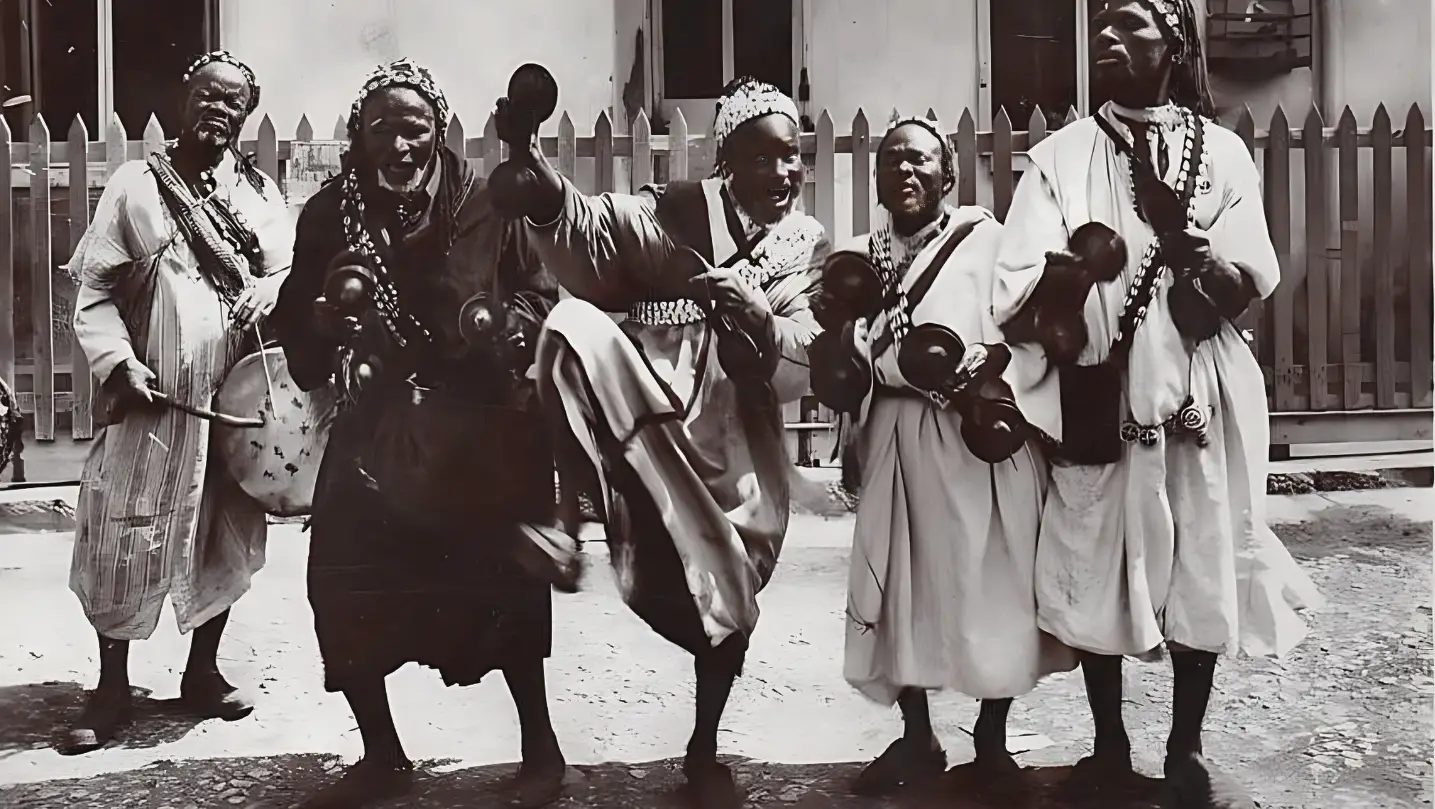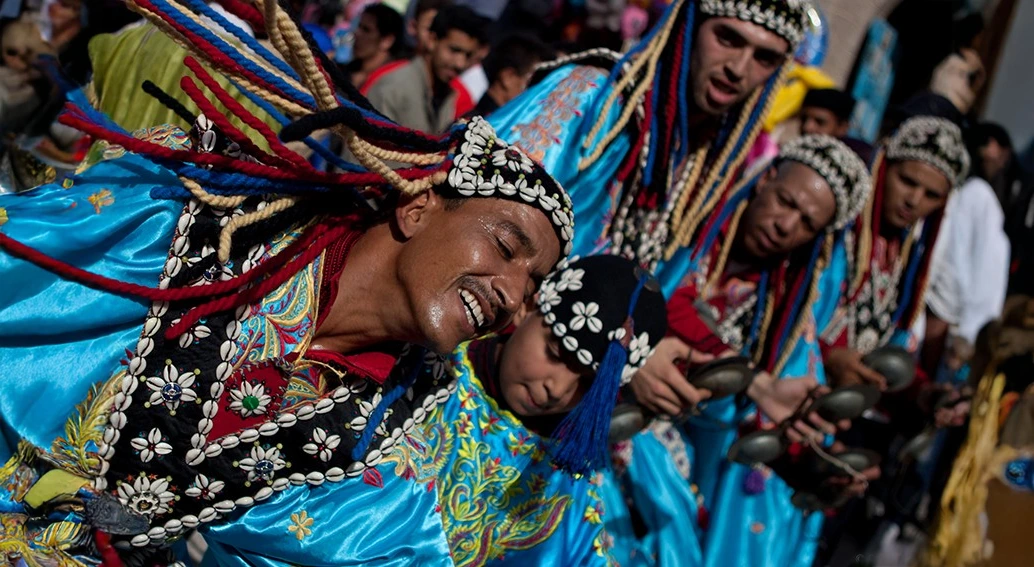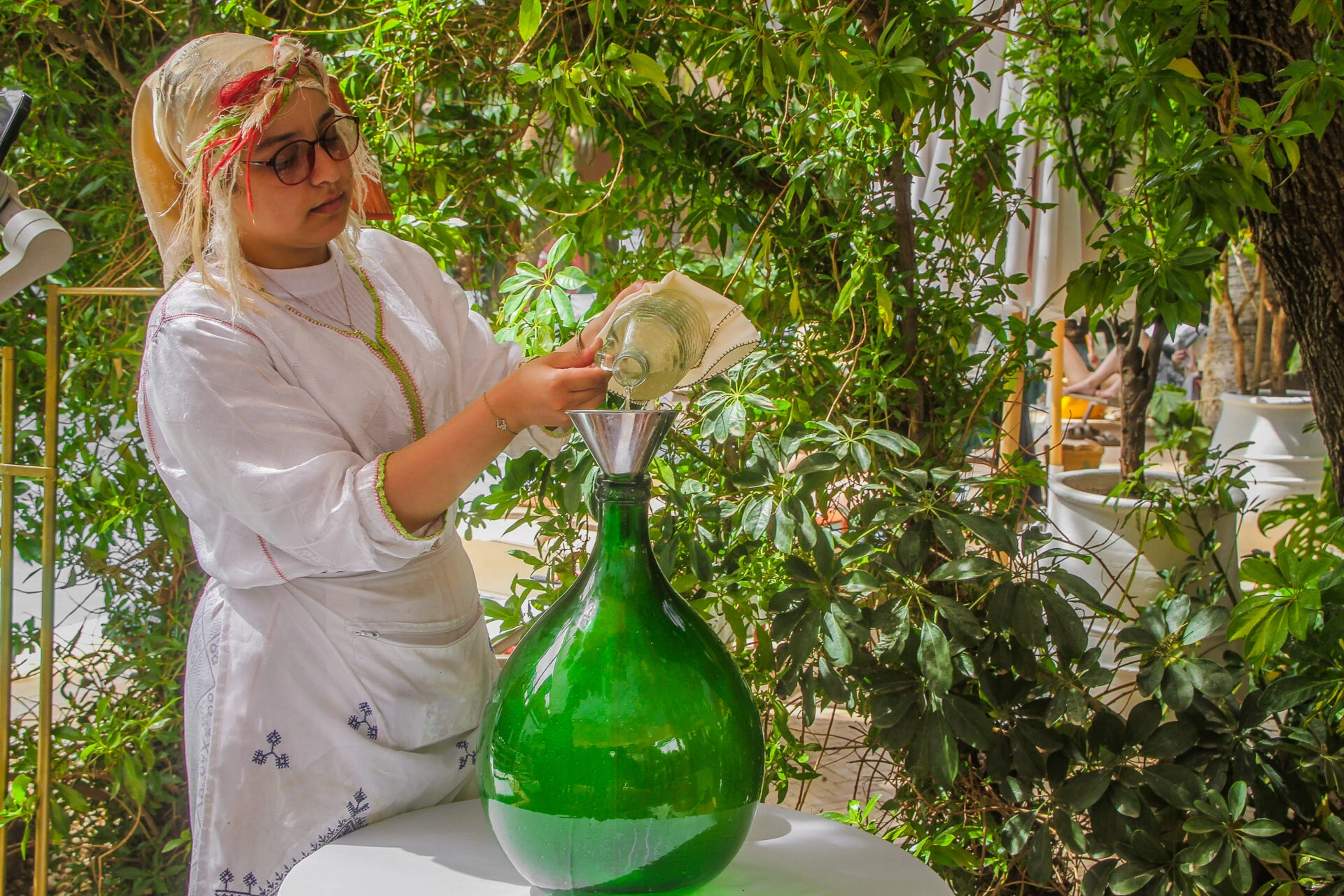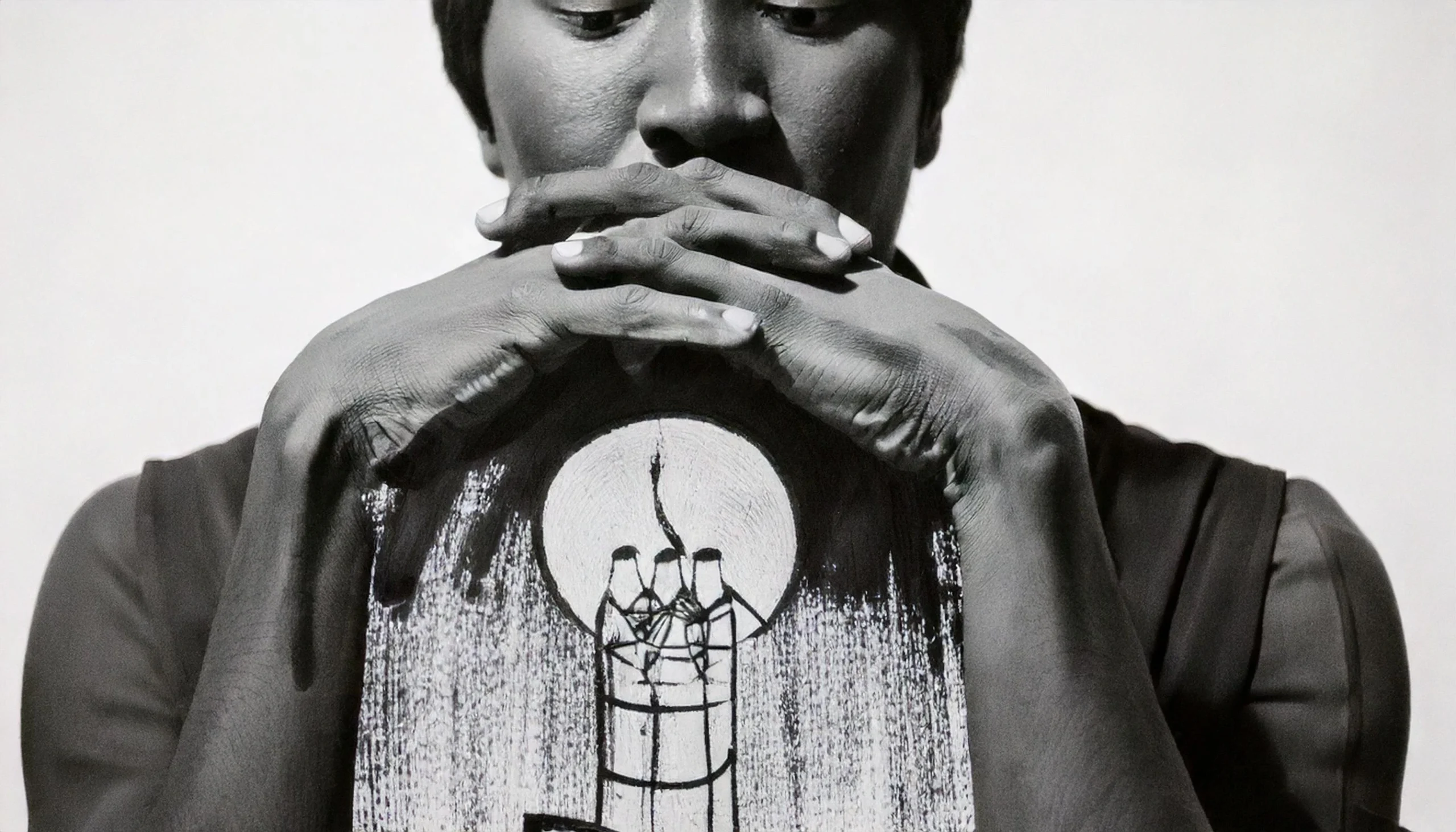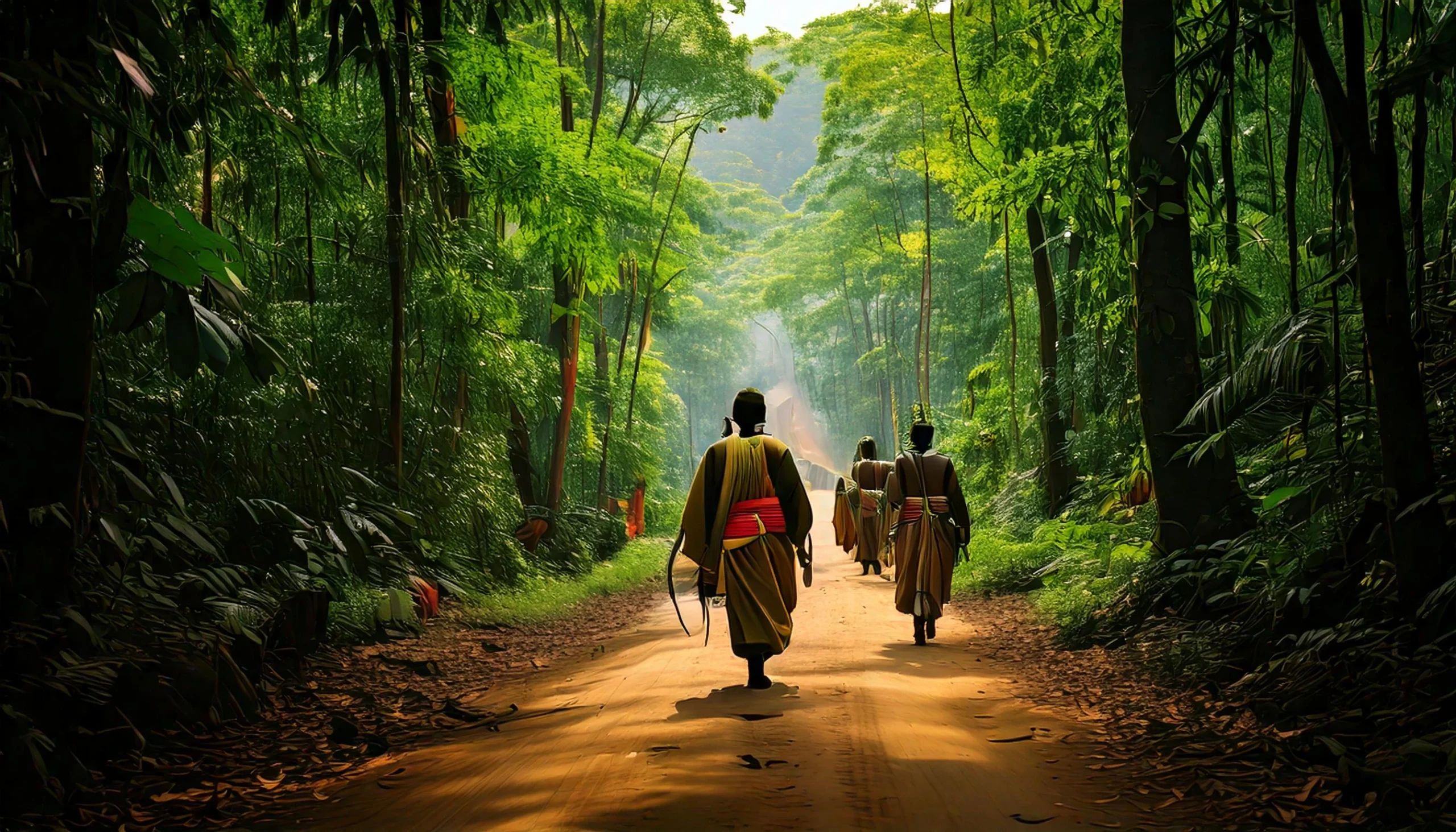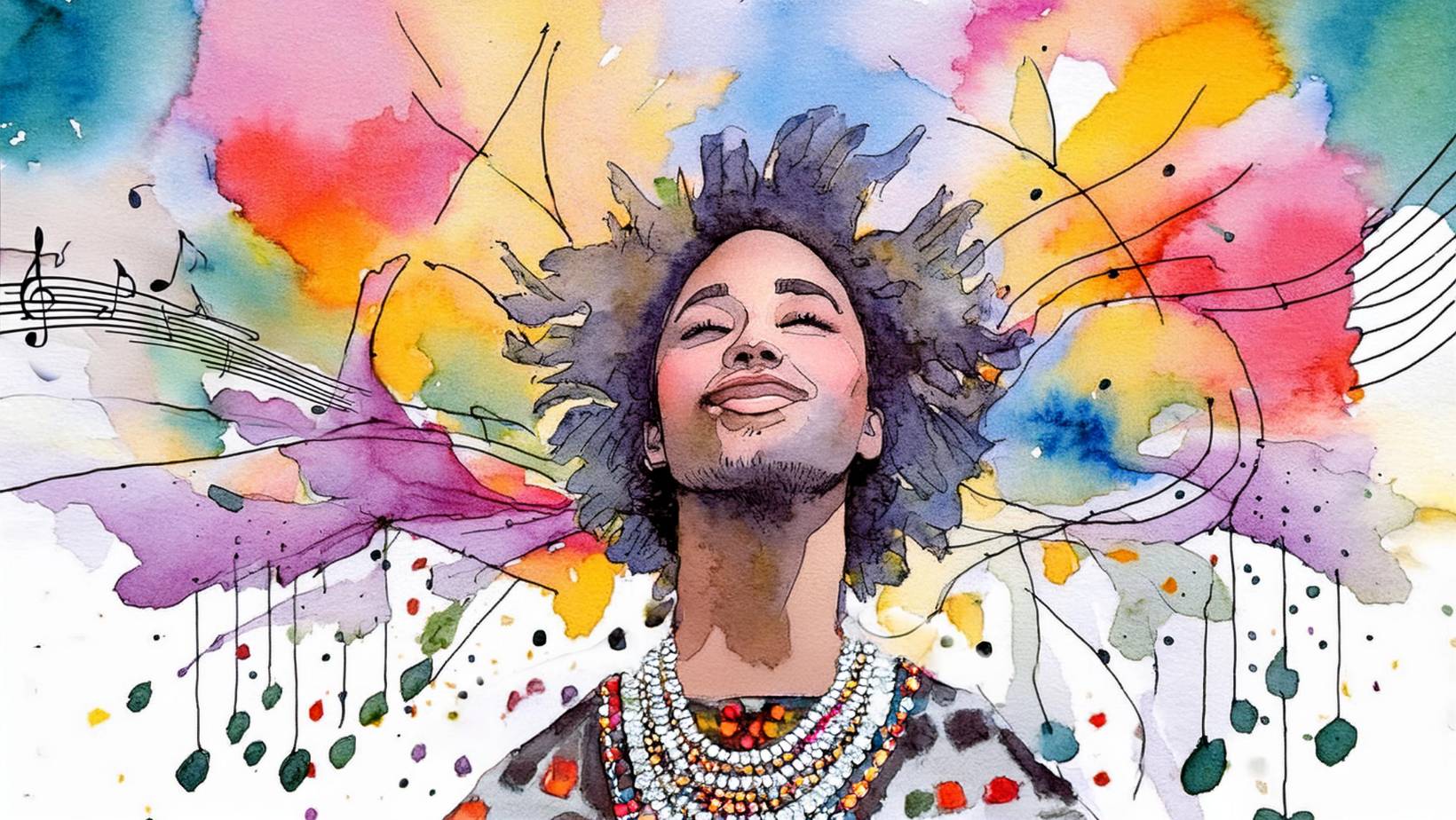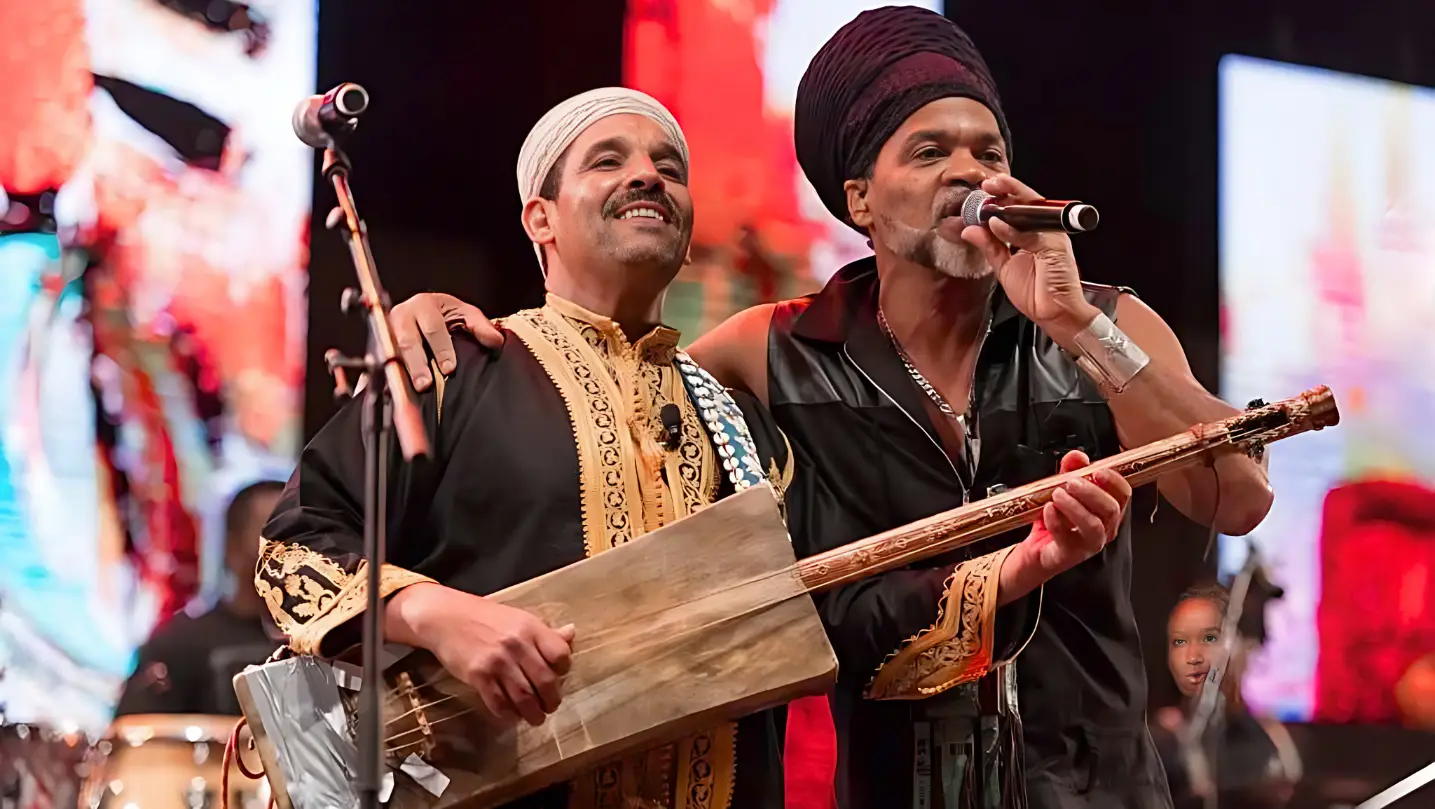Gnawa culture, with its rich tapestry of rhythms, dance, and spiritual traditions, stands as a captivating testament to the resilience and creativity of the human spirit. Originating from the descendants of enslaved West Africans, this profound cultural legacy not only survives but thrives in modern-day Morocco and has garnered international acclaim. In this blog post, we will delve into the historical depths of Gnawa culture, exploring its origins, rituals, and the enduring impact on contemporary society.
The Roots of Gnawa Culture
The Gnawa people trace their origins back to the sub-Saharan African regions, primarily from areas that are now present-day Mali, Sudan, and Ghana. Brought to North Africa as slaves between the 16th and 19th centuries, these individuals carried their rich cultural heritage, which gradually amalgamated with the local Berber and Islamic influences, giving birth to what we recognize today as Gnawa culture.
Spiritual Significance and Rituals
At the heart of Gnawa culture lies the Lila, a deeply spiritual ceremony designed to heal and purify the soul. This ritual, which often extends through an entire night, is marked by the rhythmic beats of the guembri (a three-stringed lute), clashing Qraqeb (large metal castanets), and soul-stirring chants. The ceremonial music and dance are believed to summon spirits (Mluk), who can offer guidance and remedy to the participants.
The Lila is not only a spiritual gathering but also a therapeutic session, reflecting the ancient African belief in the healing power of music and dance. Participants, often clad in colorful costumes, move in a trance-like state, which is considered a form of spiritual possession, transformative and healing.
The Mizane of Resistance and Resilience
Gnawa music, characterized by its hypnotic rhythms and chants, is a powerful expression of resistance and resilience. It tells stories of struggle, freedom, and the longing for a homeland, resonating deeply with themes of displacement and identity. This music has transcended its ceremonial origins to influence global music genres, from jazz to blues, and has been recognized by UNESCO as an Intangible Cultural Heritage of Humanity.
Gnawa in Contemporary Culture
Today, Gnawa music and traditions have moved beyond the confines of spiritual ceremonies and have found a place in world music festivals, concerts, and collaborations with internationally renowned artists. Events like the Gnaoua World Music Festival in Essaouira, Morocco, attract thousands of visitors from across the globe, eager to experience the magical performances that define Gnawa music.
Moreover, the global diaspora of Gnawa practitioners has led to a broader dissemination and adaptation of the culture, making it a vibrant and evolving form of artistic and spiritual expression. Its influence in contemporary art, music, and dance continues to grow, bridging cultures and generations.
Conclusion
Gnawa culture is a vibrant testament to the enduring spirit and creativity of its people. From its roots in West African spiritual traditions to its profound impact on the global cultural landscape, Gnawa culture continues to enchant and inspire. As it evolves, the core elements of music, dance, and spiritual healing remain a beacon of cultural resilience and unity. Exploring the history of Gnawa culture not only enriches our understanding of the past but also enhances our appreciation for the diversity and depth of human cultural expressions.
